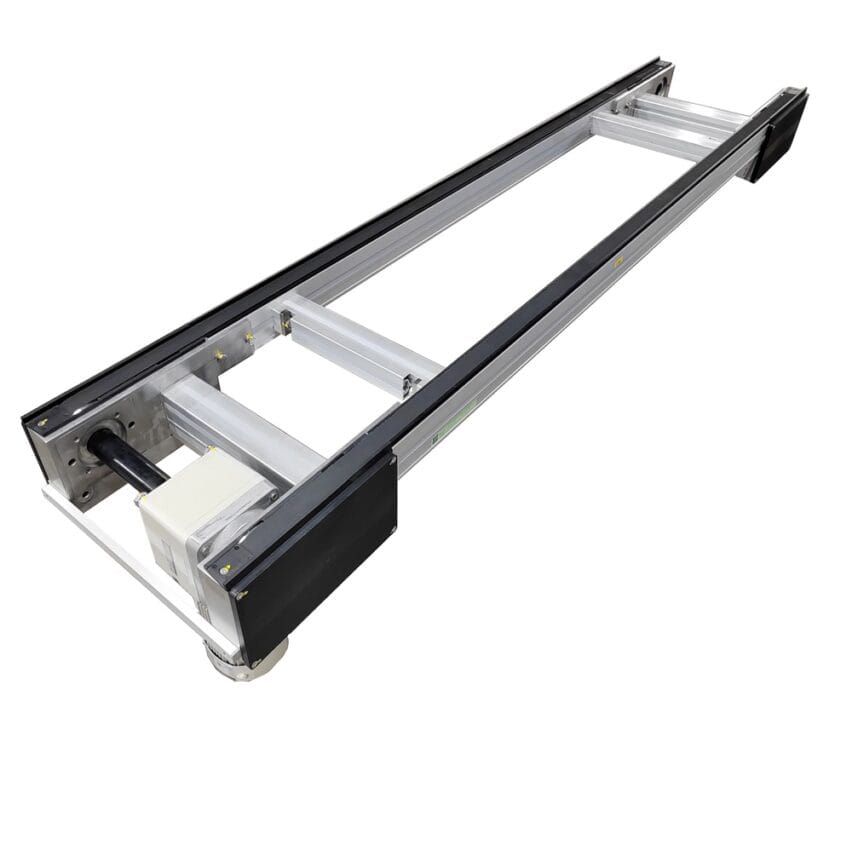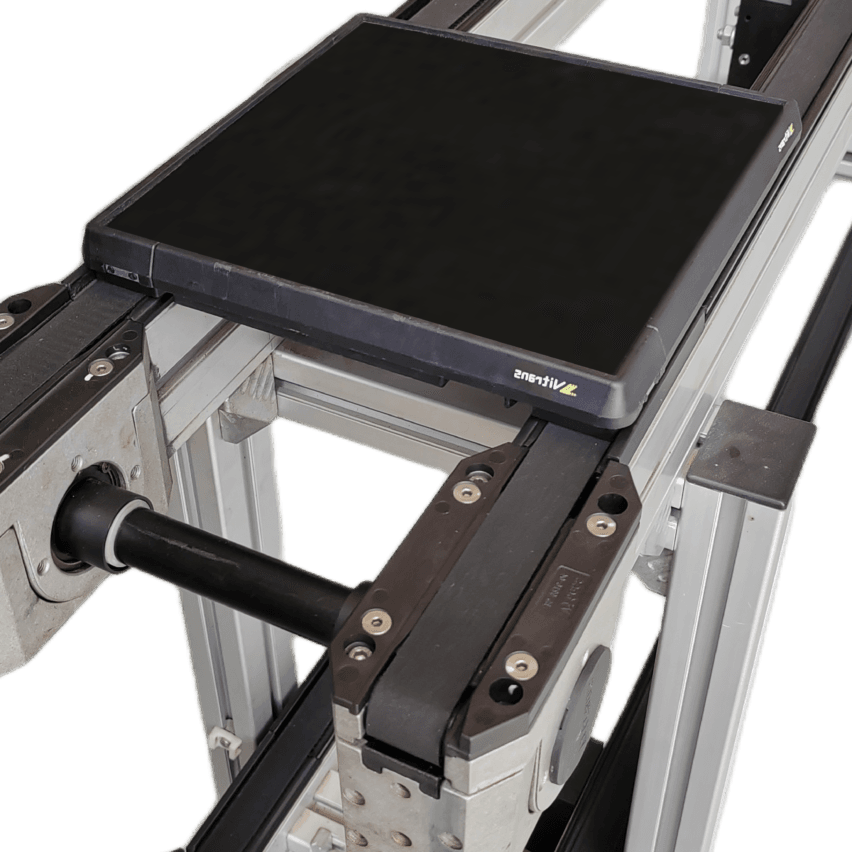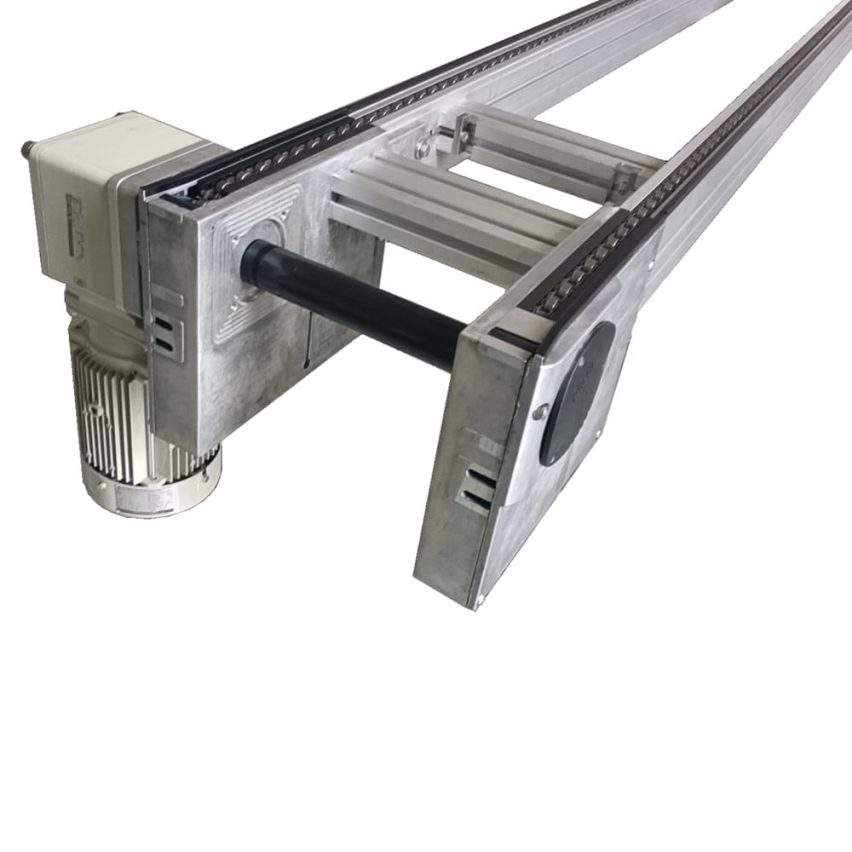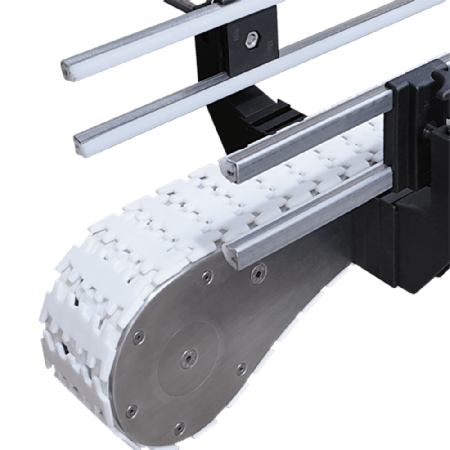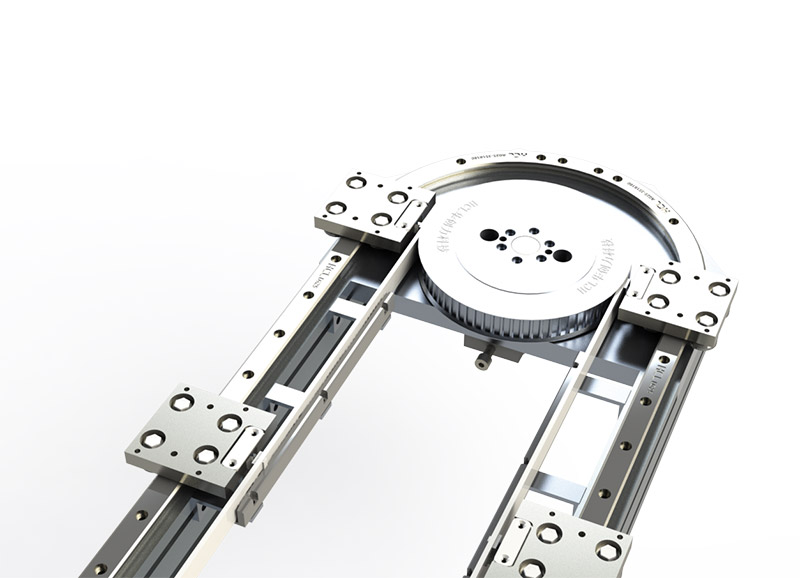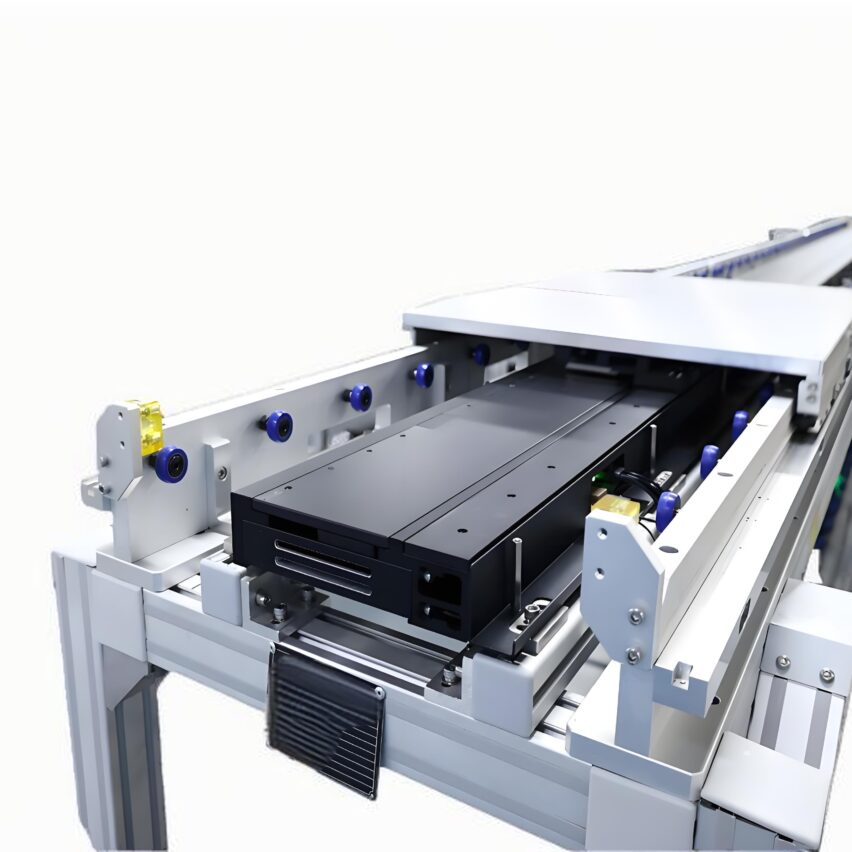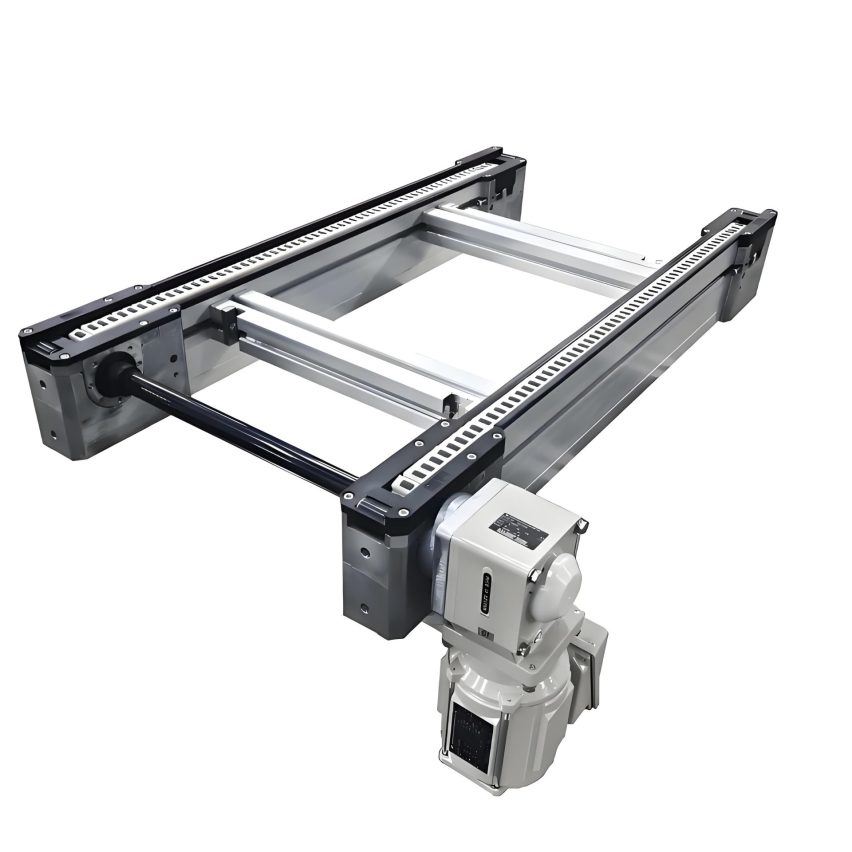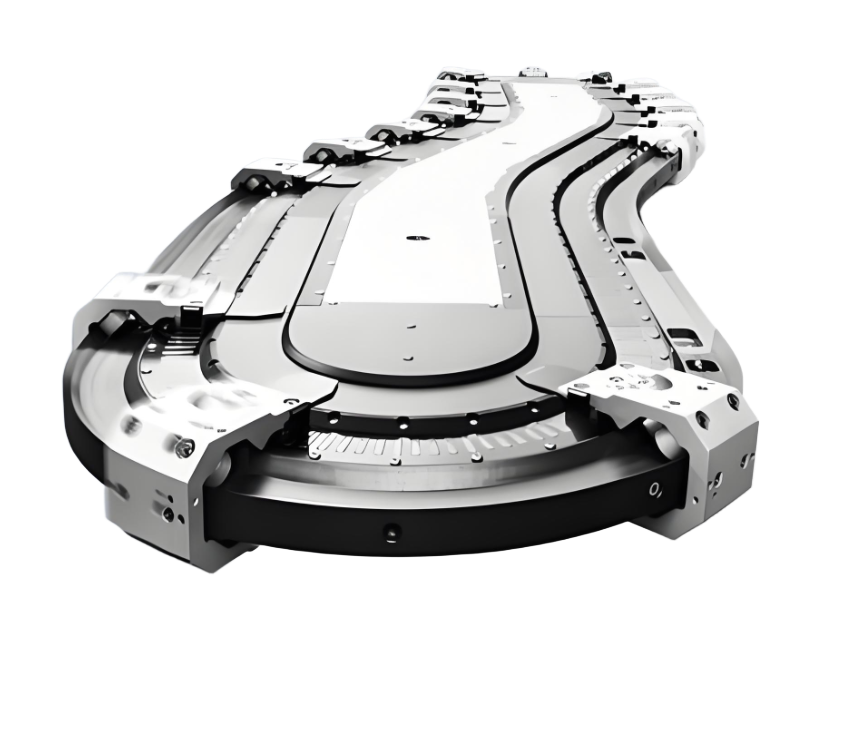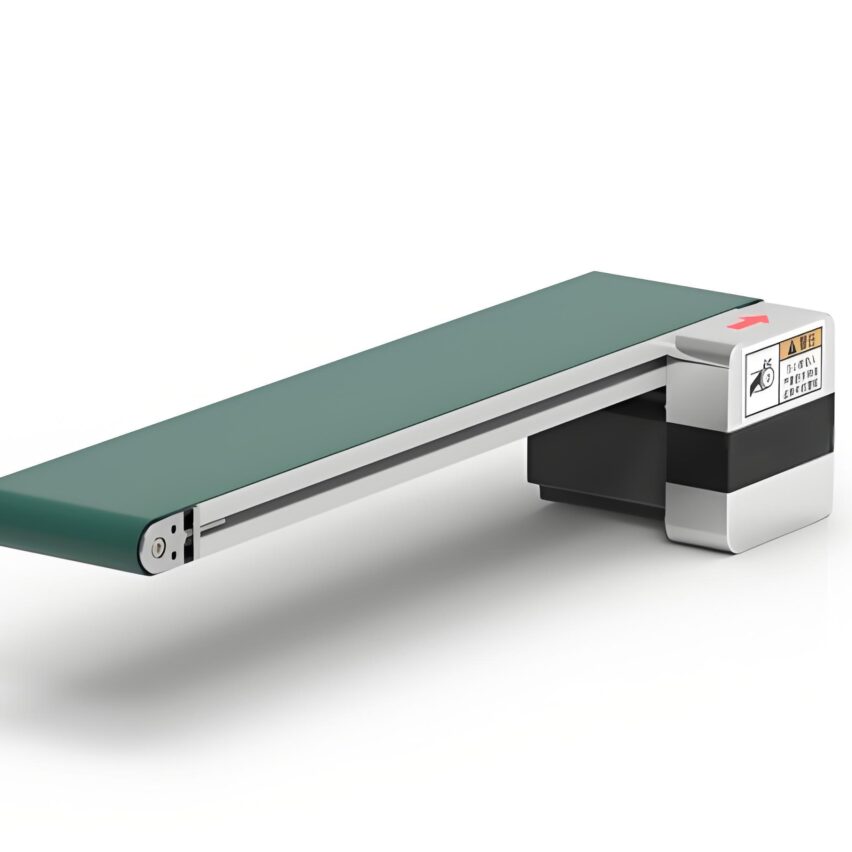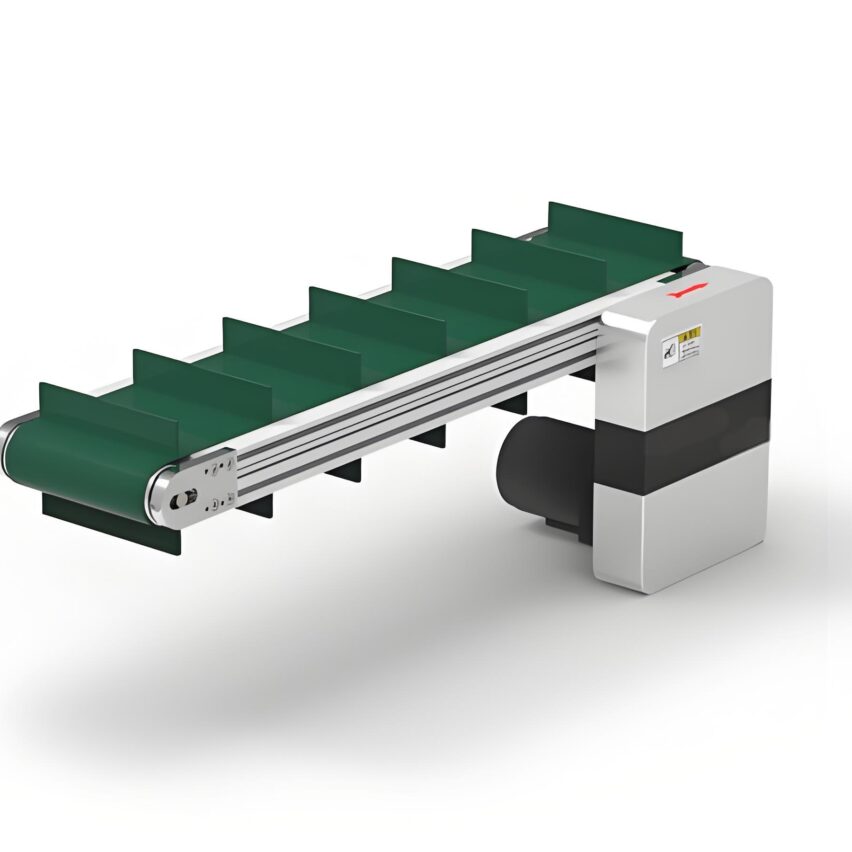Is the conveyor chain in your workshop "on the floor" in case of high temperature? 150 ℃ on the side of the furnace, the chain is brittle and deformed, three days downtime for maintenance, the boss's face is hotter than the furnace? Don't be anxious! Today we will nagSelf-customising doorways for high-temperature multiplier chains--After reading this article, you will be able to change from "heat anxiety" to "steady as an old dog"!
First, 150 ℃ high temperature? First understand why the chain "can't bear".
An ordinary chain in a hot shop is like a popsicle in an oven - it collapses in minutes! What's the problem?
- lit. the material drops out of the chainOrdinary steel over 100 ℃ will be soft, 150 ℃ directly brittle into cracker crumbs!
- Lubrication evaporationCheap lubricant volatilises at 150°C, chain sparks from dry grinding
- heat expansion and cold contraction: When the temperature soars, the chain stretches and gets stuck in the track, and the synchronisation accuracy is all messed up.
To put it bluntly.Choosing the wrong chain = burning money! An auto plant once lost $50,000+ on a single shutdown due to a collapsed chain
II. Self-customisation core three axes: material/structure/lubrication
Engage in customisation is not fooling around, seize these three points is called really reliable:
1. Choose the right material, high temperature directly "head-on"
| Material type | temperature limit | Applicable Scenarios | cost comparison |
|---|---|---|---|
| Plain carbon steel | ≤100°C | Normal temperature workshop | lower (one's head) |
| Special alloy steel | 150~200℃ | Automotive paint/electronic curing | Medium-high 👍 |
| Stainless steel + nylon | 200°C+ | Chemical/Dust Environments | High (but doubled life span) |
To give a chestnut: a chemical plant in Zigong usesNylon roller + stainless steel chain plateCombination, hard to carry in corrosive dust for 18 months without striking.
2. Structural design harbours "heat resistance"
- Cooling Black Technology: Adding heat dissipation fins to the chain, directly cooling down the high temperature workshop by 30℃.
- Elastic pre-sewn seams0.5mm expansion gap between chain links, no jamming even at high temperatures.
- Modular quick release: Replacement of the broken section, the repair time is reduced from 4 hours to 20 minutes.
3. Lubricants are the "invisible big boys".
Regular butter in a hot shop? Turns into smoky make-up in seconds! Gotta use these tough guys:
- Synthetic ester oilsTemperature resistance: 220℃+, low volatility and no carbon build-up (a food factory saves 70% in annual cleaning costs)
- Perfluoropolyether resinResistant to 460℃ instantaneous high temperature, chemical plant deflagration scene can carry
- Automatic Fuel Injection System: Accurate spraying of 0.1ml every 15 minutes, more hassle-free than manual application by a master.
Third, the actual case: to see how others play the 150 ℃
Scene 1: "Life and death" on the paint line in an automobile factory.
→sore point: Chain breaks twice a month in 150°C oven, stopping the line for loss of flesh
→programme: Customised WCHE5 type alloy steel chain + self-cooling track
→in the endLoad: 2200kg, stable as a mountain, the failure rate is reduced by 70%.
Scenario 2: Electronic factory reflow soldering "jam clouds"
→sore point: Precision circuit board oversoldering furnace always jams, scrap rate soars
→programme: Stainless steel chain + magnetic positioning work plate
→in the end: Conveying accuracy of ±0.1mm, yield rate up 35%
IV. Guide to finding suppliers to avoid pitfalls
Customisation too deep? Remember these three tricks:
- Don't believe in "universal chains."Dare to say -50℃~500℃? Directly pass! Serious manufacturers ask you for details of the working conditions!
- Test report can't be missing: Ask the other side to showHigh Temperature Tensile Testrespond in singingAbrasion test data(A factory was fooled into buying the wrong chain and scrapped it in 3 months)
- Local service is king: Zigong supplier 48 hours with spare parts to the door, than the field to save 3 days of production losses
Personal opinion time:
After working on the production line for more than ten years, the deepest experience is-Playing with chains in a hot workshop costs the most money with money-saving thinking!
I've seen too many factories use ordinary chain for cheap, and the result is that the repair cost is enough to buy three high-end chains. Nowadays, the reliable custom-made chain is not sky-high price, like the local factory in Zigong can be priced by metre.Hundreds of dollars per metre and twice the life expectancy.I don't know. It's worth every penny!
more to the pointDon't stop the production line.-Stopping for an hour loses enough money to feed how many chains? Wouldn't you say?
(concluded)

